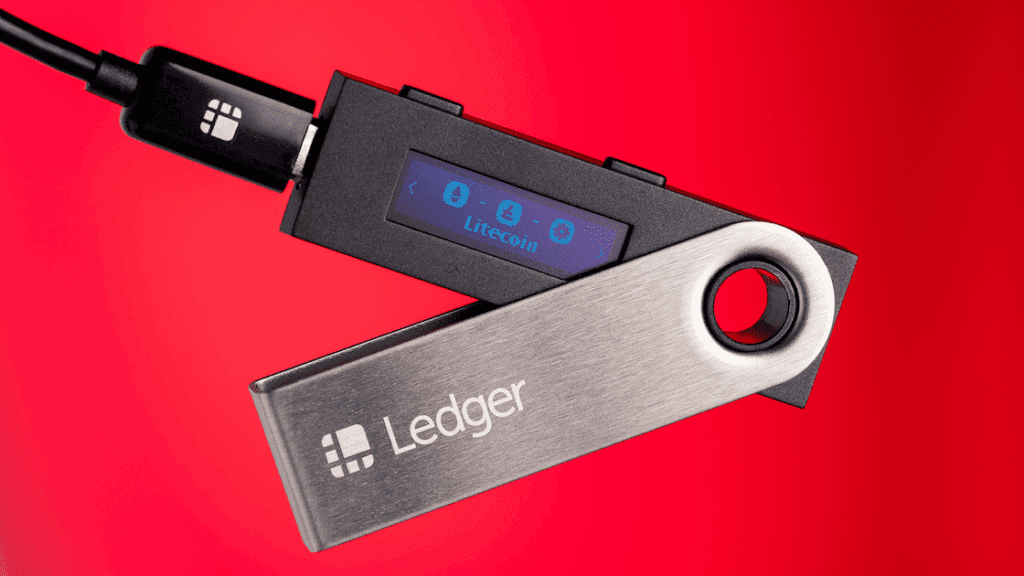Ledger, a company that makes physical cryptocurrency and non-fungible token wallets similar to USB drives or other storage devices, is celebrating its 10th anniversary this week. To mark the special occasion, Ledger has launched the Ledger Stax and Ledger Flex, a new category of devices with secure touchscreens.
Ledger celebrates 10 years since its launch
In an August 13 blog post, Ledger confirmed that it was celebrating ten years since its founding in 2014. To mark this milestone, Ledger launched Ledger Stax and Flex, a new category of cryptographic and non-fungible token hardware devices with secure touchscreens.
Ledger celebrated its 10th anniversary with the launch of Ledger Stax and Ledger Flex, a new category of devices featuring secure touchscreens.
Learn more about Ledger’s CEO @_pgauthier and CXO @iancr
Check out the full Ledger Flex video at: pic.twitter.com/x2TZRWLTJV
— Ledger (@Ledger) August 13, 2024
Launched in 2014, Ledger is a creator of hardware wallets for cryptocurrencies and non-fungible tokens. The company’s hardware wallets are multi-currency wallets that store private keys to NFTs and cryptocurrencies offline. Ledger is known for its three hardware wallets: the Ledger Nano S Plus, Ledger Nano X, and Ledger Stax.
Ledger focuses on creating safe and secure crypto and NFT hardware wallets for use with digital assets. Based in France, the company was launched by eight experts with experience in embedded security, cryptocurrencies, and entrepreneurship. The company’s vision is to create secure solutions for blockchain applications.
How do Ledger hardware wallets work?
Ledger requires holders of cryptocurrencies and non-fungible tokens to use private keys to access their digital assets. These private keys, which consist of long alphanumeric strings of numbers, protect users from thieves and hackers. To address concerns about the critical security and longevity of hardware wallets, Ledger developers have created other types of hardware wallets, including the latest hardware devices with secure touchscreens.
Ledger offers two hardware wallets: cold and non-custodial. Both of these multi-currency crypto and NFT wallets store private keys offline on a secure hardware device. Both of these hardware wallets are also device-based, meaning they use storage mechanisms (like USB drives) to store private keys, making it difficult for hackers to access them from an online location.
To make its hardware more secure, Ledger has equipped all of its products with a Secure Element and a proprietary security operating system designed to protect a user’s crypto assets and NFTs. The system generates a 24-word, 96-character backup recovery phrase so users can access their cryptocurrencies and NFTs in case the device is lost or stolen.
Related NFT News:
PlayDoge (PLAY) – The Latest ICO on the BNB Chain
- Virtual Pet Dog 2D
- Play to win Meme Coin Fusion
- Staking and In-Game Token Rewards
- SolidProof Audit – playdoge.io

